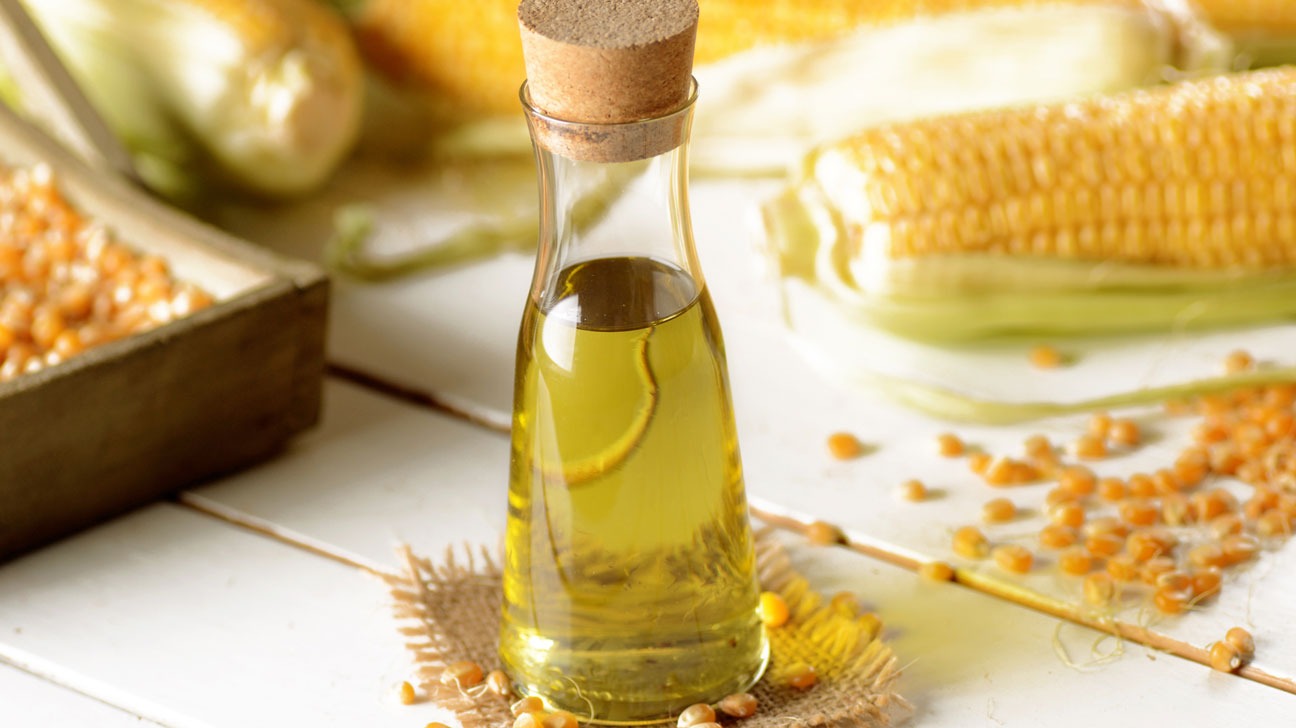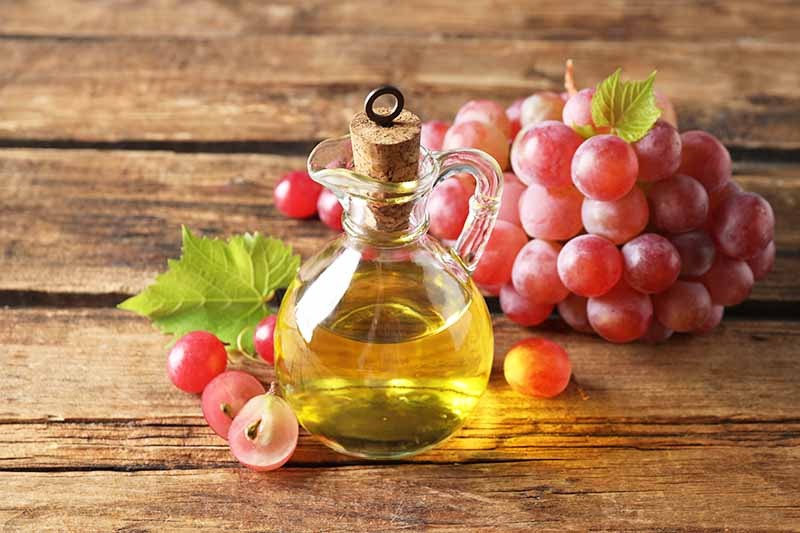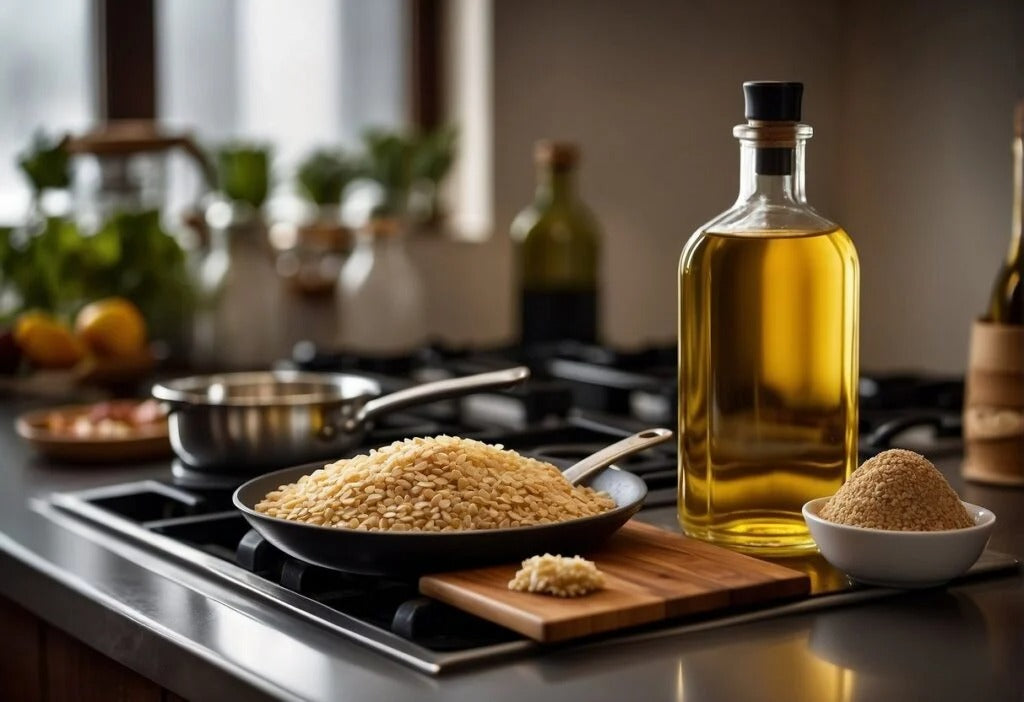If you've ever tried cleaning your kitchen cabinets only to realize you've stripped the finish, this article is for you. Kitchen cabinets are often subjected to grease, grime, and spills, making regular cleaning a must. However, improper cleaning methods can damage the finish and ruin the cabinetry's aesthetic appeal. In this comprehensive guide, we'll explore effective techniques on how to clean kitchen cabinets without removing finish.

Understanding the Importance of Proper Cleaning
Maintaining the finish on your kitchen cabinets is crucial for preserving their look and longevity. The finish not only enhances the cabinets' beauty but also protects the wood from moisture and daily wear and tear. Misusing cleaning products, using abrasive tools, or neglecting regular maintenance can result in a dull, scratched, or worn-out finish.

Gather the Right Cleaning Supplies
Essential Cleaning Products
Before diving into the cleaning process, make sure you have the right supplies on hand. Using mild, non-abrasive cleaning products is key to protecting the cabinet finish. Here are some essentials you'll need:
- Microfiber cloths
- Soft sponge
- Mild dish soap
- White vinegar
- Olive oil
- Baking soda (for tougher stains)
- Soft-bristle brush
Homemade Cleaning Solutions
Commercial cleaning products can sometimes be too harsh for your cabinet finish. Opt for homemade cleaning solutions that are gentle yet effective:
- Dish soap and water: Mix a few drops of mild dish soap with warm water. This simple solution works wonders for routine cleaning and removing grease.
- Vinegar and water: Combine equal parts of white vinegar and water for a natural disinfectant that won't harm the finish. Excellent for cutting through grease.
- Olive oil and vinegar: Create a natural polish by mixing 1 part vinegar with 3 parts olive oil. This solution not only cleans but also restores the shine to your cabinets.

Step-by-Step Cleaning Process
1. Dust and Wipe Down
Before using any cleaning solution, start by dusting the cabinets to remove loose dirt and debris. Use a microfiber cloth or a soft-bristle brush to gently wipe the surfaces.
2. Test a Hidden Area
Before applying any cleaning solution to the visible areas of your cabinets, test it on a hidden spot to ensure it doesn't damage the finish.
3. Apply the Cleaning Solution
Dip a soft sponge or cloth into your chosen cleaning solution (dish soap and water, vinegar and water, or the olive oil mixture). Gently wipe down the cabinet surfaces, paying extra attention to areas with grease buildup. Avoid soaking the wood, as excess moisture can damage the finish.
4. Rinse and Dry
After cleaning, rinse the sponge or cloth with clean water and wipe down the cabinets to remove any residue. Finally, use a dry microfiber cloth to thoroughly dry the cabinet surfaces to prevent water spots and moisture damage.

Removing Stubborn Stains
Using Baking Soda Paste
For tough stains, such as sticky grease or food splatters, a baking soda paste can be very effective. Mix baking soda with water to create a thick paste, then apply it to the stained area. Let it sit for a few minutes before gently scrubbing with a soft-bristle brush. Wipe clean with a damp cloth and dry thoroughly.
Spot Cleaning
If you encounter particularly stubborn spots, consider using a specialized cabinet cleaner recommended by your cabinet manufacturer. Follow the instructions carefully to avoid damaging the finish.
Maintaining and Protecting Cabinet Finish
Regular Dusting and Cleaning
Make it a habit to dust your kitchen cabinets regularly to prevent dirt and grime buildup. A quick wipe with a microfiber cloth every week can significantly reduce the need for deep cleaning sessions.
Avoid Excess Moisture
Exposing your cabinets to excessive moisture can lead to warping and damage to the finish. Be cautious when cleaning around sinks and ensure that the cabinets are thoroughly dried afterward.
Use Cabinet-Friendly Cleaners
Stick to cleaning products specifically designed for kitchen cabinets. Avoid using harsh chemicals, abrasive pads, or scrub brushes that can scratch and dull the finish.
Polish for Extra Shine
To maintain the luster of your cabinets, consider using a cabinet polish or furniture polish occasionally. These products add a protective layer and help to keep the finish looking fresh and vibrant.
Conclusion
Cleaning your kitchen cabinets doesn't have to be a daunting task, and with the right techniques, you can maintain their finish for years to come. By using gentle cleaning methods and regular maintenance, you'll keep your cabinets looking their best without risking damage.
Learn more about maintaining kitchen cabinets and other kitchen surfaces.FAQs
How often should I clean my kitchen cabinets?
It's best to perform a thorough cleaning of your kitchen cabinets once every month. However, weekly dusting and spot cleaning can help prevent grime buildup.
Can I use vinegar on all types of cabinet finishes?
While vinegar is safe for most cabinet finishes, it's essential to test a small, inconspicuous area first. Avoid using vinegar on cabinets with wax finishes, as it can strip the wax.
What's the best way to handle sticky residue on cabinets?
For sticky residue, a mixture of baking soda and water can be effective. Apply the paste, let it sit, and gently scrub with a soft-bristle brush before wiping clean and drying.
As an Amazon Associate, I earn from qualifying purchases.






Leave a comment
This site is protected by hCaptcha and the hCaptcha Privacy Policy and Terms of Service apply.